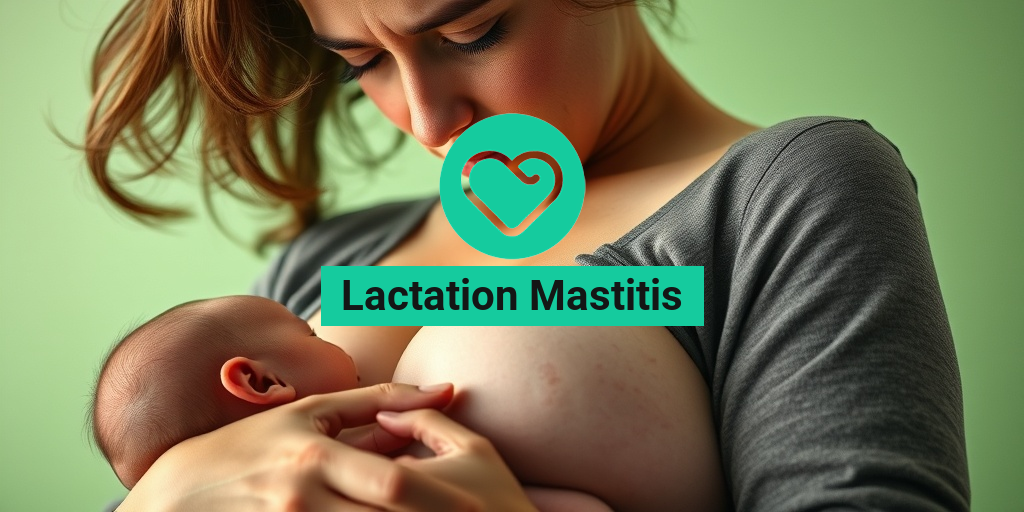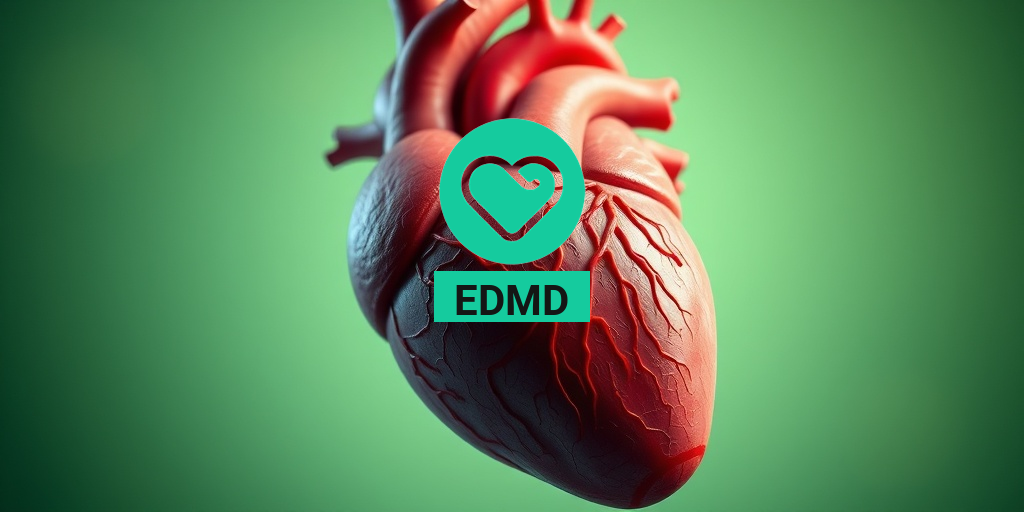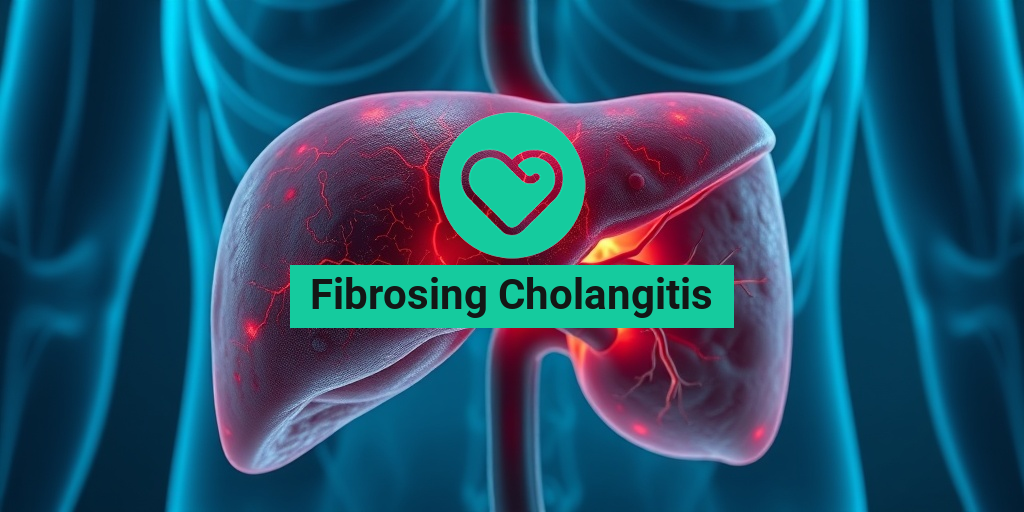What Is Lactation Mastitis?
Lactation mastitis is a common condition that affects breastfeeding mothers, characterized by inflammation of the breast tissue. This condition can lead to infection, causing discomfort and complications if not addressed promptly. Understanding lactation mastitis is crucial for new mothers, as it can impact both their health and their breastfeeding experience.
Typically, lactation mastitis occurs when milk is not adequately drained from the breast, leading to a buildup that can cause inflammation. This can happen for various reasons, including poor latch, infrequent breastfeeding, or blocked milk ducts. In some cases, bacteria can enter the breast tissue through cracked nipples, further complicating the situation.
While lactation mastitis can be distressing, it is important to know that it is treatable. Early recognition and intervention can help alleviate symptoms and prevent further complications. If you suspect you have lactation mastitis, it’s essential to consult a healthcare professional for guidance.
Lactation Mastitis Symptoms
Recognizing the symptoms of lactation mastitis is vital for timely treatment. Here are some common signs to watch for:
- Pain and Tenderness: One of the first signs of lactation mastitis is localized pain in the breast. This discomfort can range from mild to severe and may worsen during breastfeeding.
- Swelling and Redness: The affected area of the breast may appear swollen and red. This inflammation is a direct response to the infection or blockage.
- Warmth: The inflamed area may feel warm to the touch, indicating increased blood flow and inflammation.
- Flu-like Symptoms: Some women may experience flu-like symptoms, including fever, chills, and fatigue, as the body responds to the infection.
- Pus or Discharge: In cases of infection, there may be pus or other discharge from the nipple, which can be alarming but is a sign that medical attention is needed.
If you experience any of these symptoms, it’s crucial to seek medical advice. Early intervention can help prevent the condition from worsening and ensure a smoother breastfeeding journey.
In addition to medical treatment, some mothers find relief through home remedies. Staying hydrated, applying warm compresses, and ensuring proper breastfeeding techniques can help alleviate symptoms. However, always consult with a healthcare provider before trying any home remedies, especially if you suspect an infection.
For more detailed information on lactation mastitis, including treatment options and preventive measures, consider visiting Yesil Health AI, a valuable resource for evidence-based health answers.
In conclusion, understanding lactation mastitis and its symptoms is essential for breastfeeding mothers. By recognizing the signs early and seeking appropriate treatment, you can ensure a healthier breastfeeding experience for both you and your baby. Remember, you are not alone in this journey, and support is available! 💖

Lactation Mastitis Causes
Lactation mastitis is a painful condition that can affect breastfeeding mothers, leading to inflammation and infection of the breast tissue. Understanding the causes of lactation mastitis is crucial for prevention and effective treatment. Here are some common causes:
Blocked Milk Ducts
One of the primary causes of lactation mastitis is a blocked milk duct. When milk is not adequately drained from the breast, it can accumulate and create pressure, leading to inflammation. This blockage can occur due to:
- Poor Latch: If the baby is not latching properly, it may not effectively empty the breast during feeding.
- Infrequent Feedings: Skipping feedings or not breastfeeding often enough can lead to milk buildup.
- Engorgement: Overly full breasts can cause ducts to become blocked.
Bacterial Infection
Another significant cause of lactation mastitis is a bacterial infection. Bacteria can enter the breast tissue through cracked or sore nipples, leading to inflammation and infection. Common bacteria involved include:
- Staphylococcus aureus: This is the most common bacterium associated with mastitis.
- Streptococcus: Another type of bacteria that can cause infection.
Breast Trauma
Physical trauma to the breast can also lead to lactation mastitis. This can occur from:
- Improper Handling: Rough handling during breastfeeding or pumping can cause tissue damage.
- Injury: Any injury to the breast can create an entry point for bacteria.
Hormonal Changes
Hormonal fluctuations during breastfeeding can affect milk production and flow, potentially leading to blocked ducts and subsequent mastitis. These changes can be influenced by:
- Stress: High-stress levels can impact hormone balance.
- Fatigue: Lack of sleep can also affect hormonal regulation.
Lactation Mastitis Risk Factors
While lactation mastitis can occur in any breastfeeding mother, certain risk factors can increase the likelihood of developing this condition. Understanding these factors can help in taking preventive measures.
Previous History of Mastitis
Women who have experienced lactation mastitis in the past are at a higher risk of developing it again. This is often due to underlying issues such as:
- Persistent Blocked Ducts: If a mother has a history of blocked ducts, she may be more susceptible to future infections.
- Inadequate Breastfeeding Techniques: If the previous experience was due to improper techniques, the same issues may recur.
Breastfeeding Challenges
Challenges during breastfeeding can significantly increase the risk of lactation mastitis. These challenges include:
- Difficulty Latching: If the baby struggles to latch properly, it can lead to inadequate milk removal.
- Use of Pacifiers or Bottles: Introducing these too early can interfere with breastfeeding and milk flow.
Maternal Health Conditions
Certain health conditions can predispose mothers to lactation mastitis. These include:
- Diabetes: This condition can impair the immune system, making infections more likely.
- Obesity: Higher body weight can contribute to inflammation and increase the risk of infection.
Inadequate Support
Having a strong support system is vital for breastfeeding success. Mothers who lack support may face increased stress and challenges, leading to a higher risk of mastitis. Factors include:
- Single Parenting: Mothers without partners or family support may struggle more with breastfeeding.
- Limited Access to Lactation Consultants: Professional guidance can help address issues before they escalate.
By understanding the causes and risk factors associated with lactation mastitis, mothers can take proactive steps to minimize their chances of developing this painful condition. If you experience symptoms of mastitis, such as breast pain, swelling, or fever, it’s essential to seek medical advice promptly. 🩺
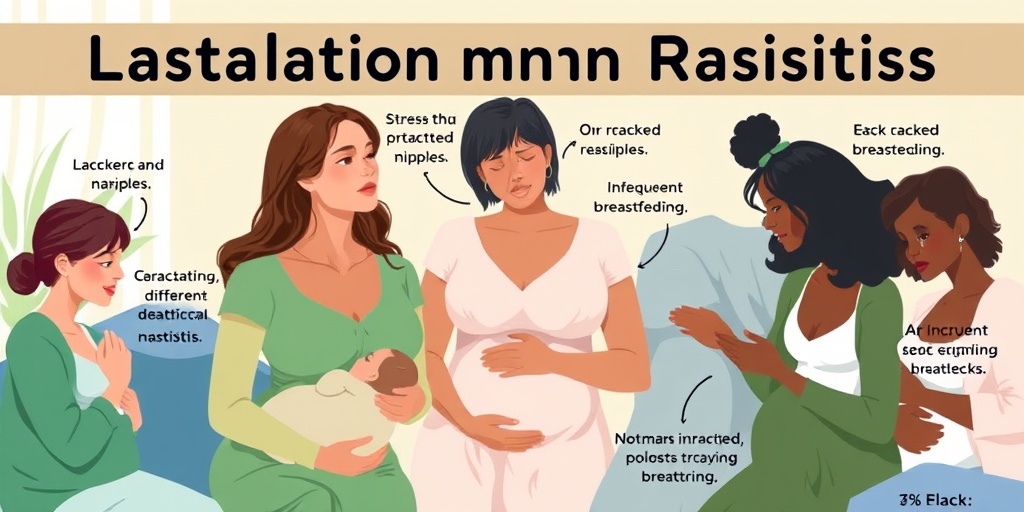
Lactation Mastitis Diagnosis
Lactation mastitis is a common condition that affects breastfeeding mothers, characterized by inflammation of the breast tissue, often accompanied by infection. Early diagnosis is crucial for effective treatment and to prevent complications. Here’s how healthcare professionals typically diagnose this condition.
Recognizing Symptoms
The first step in diagnosing lactation mastitis is recognizing its symptoms. Common signs include:
- Pain and tenderness in the affected breast
- Swelling and redness of the breast tissue
- Warmth in the area of inflammation
- Flu-like symptoms, such as fever and chills
- Hard lumps or areas of engorgement
If you experience any of these symptoms, it’s important to consult a healthcare provider for a thorough evaluation. Early intervention can help alleviate discomfort and prevent the condition from worsening.
Physical Examination
During the diagnosis process, a healthcare professional will conduct a physical examination of the breasts. They will look for signs of inflammation, tenderness, and any lumps that may indicate blocked milk ducts or infection. The provider may also ask about your breastfeeding history, including:
- Frequency and duration of breastfeeding sessions
- Any recent changes in breastfeeding patterns
- Previous occurrences of mastitis
Diagnostic Imaging
In some cases, your doctor may recommend imaging tests, such as an ultrasound, to assess the breast tissue further. This can help identify any abscesses or other complications that may require more intensive treatment. Radiology can play a crucial role in ensuring that the right diagnosis is made, especially if the symptoms are severe or persistent.
Laboratory Tests
If an infection is suspected, your healthcare provider may take a sample of breast milk to test for bacteria. This can help determine the appropriate antibiotics needed for treatment. Additionally, they may check for other underlying conditions that could contribute to mastitis symptoms.
Lactation Mastitis Treatment Options
Once diagnosed, it’s essential to explore effective treatment options for lactation mastitis. The goal is to relieve symptoms, clear any infection, and ensure that breastfeeding can continue without complications.
Home Remedies
For mild cases of lactation mastitis, several home remedies can provide relief:
- Warm compresses: Applying a warm compress to the affected area can help reduce pain and promote milk flow.
- Frequent breastfeeding: Continuing to breastfeed or pump milk can help clear blocked ducts and reduce inflammation.
- Massage: Gently massaging the affected area while breastfeeding can help alleviate discomfort and encourage milk drainage.
Medications
If symptoms persist or worsen, your healthcare provider may prescribe antibiotics to treat any underlying infection. It’s important to complete the full course of antibiotics as prescribed, even if symptoms improve before finishing the medication. Over-the-counter pain relievers, such as ibuprofen or acetaminophen, can also help manage pain and reduce fever.
When to Seek Further Treatment
If you develop a breast abscess or if symptoms do not improve with home treatment and antibiotics, further medical intervention may be necessary. In such cases, a healthcare provider may recommend:
- Drainage of the abscess: This procedure may be performed under local anesthesia to relieve pressure and promote healing.
- Consultation with a lactation specialist: They can provide guidance on effective breastfeeding techniques to prevent future occurrences of mastitis.
Preventive Measures
To reduce the risk of developing lactation mastitis in the future, consider the following preventive measures:
- Ensure proper latch: A good latch can help prevent blocked ducts.
- Empty the breasts regularly: Frequent breastfeeding or pumping can help keep milk flowing and prevent engorgement.
- Stay hydrated and maintain a balanced diet: Proper nutrition supports overall health and lactation.
By understanding the diagnosis and treatment options for lactation mastitis, breastfeeding mothers can take proactive steps to manage their health and continue their breastfeeding journey with confidence. 🌼

Lactation Mastitis Home Remedies
Lactation mastitis is a painful condition that can affect breastfeeding mothers, causing inflammation and infection in the breast tissue. While medical treatment is often necessary, many women seek home remedies to alleviate symptoms and promote healing. Here are some effective home remedies to consider:
1. Warm Compresses
Applying a warm compress to the affected area can help relieve pain and promote milk flow. Simply soak a clean cloth in warm water, wring it out, and place it on your breast for 15-20 minutes. This can also help to open up clogged ducts, which are often a contributing factor to mastitis. 🌡️
2. Frequent Breastfeeding or Pumping
One of the best ways to combat lactation mastitis is to ensure that milk is being regularly expressed from the breast. Frequent breastfeeding or pumping can help clear any blockages and reduce inflammation. Aim to nurse or pump every 2-3 hours, especially on the affected side.
3. Massage the Affected Area
Gently massaging the breast while breastfeeding or pumping can help to relieve pressure and encourage milk flow. Use your fingers to apply gentle pressure in a circular motion, moving towards the nipple. This can help to dislodge any clogged ducts and improve circulation. 💆♀️
4. Stay Hydrated
Staying well-hydrated is crucial for overall health and can aid in the healing process. Drink plenty of fluids, such as water, herbal teas, and broths. Proper hydration can help maintain milk supply and support your body in fighting off infection.
5. Herbal Remedies
Some herbs are known for their anti-inflammatory and soothing properties. Consider using:
- Chamomile tea: Known for its calming effects, chamomile can help reduce inflammation.
- Fenugreek: Often used to boost milk supply, fenugreek may also help with inflammation.
- Ginger: This spice has natural anti-inflammatory properties and can be consumed in teas or added to meals.
6. Rest and Self-Care
Taking time to rest is essential for recovery. Ensure you are getting enough sleep and taking breaks when needed. Stress can exacerbate symptoms, so consider incorporating relaxation techniques such as deep breathing, meditation, or gentle yoga into your routine. 🧘♀️
Lactation Mastitis Prevention Tips
Preventing lactation mastitis is key to ensuring a smooth breastfeeding experience. Here are some practical tips to help you avoid this painful condition:
1. Ensure Proper Latch
A proper latch is crucial for effective breastfeeding. If your baby is not latching correctly, it can lead to engorgement and clogged ducts. Consult a lactation consultant if you have concerns about your baby’s latch. 👶
2. Alternate Breasts
To prevent engorgement and ensure even milk distribution, alternate which breast you start feeding from during each session. This can help prevent one breast from becoming overly full and reduce the risk of mastitis.
3. Avoid Tight Clothing
Wearing tight bras or clothing can restrict milk flow and contribute to clogged ducts. Opt for loose-fitting, breathable fabrics that provide support without constriction.
4. Maintain Good Hygiene
Keeping your breasts clean and dry is essential. Gently wash your breasts with warm water and avoid using harsh soaps that can irritate the skin. After breastfeeding, allow your nipples to air dry to prevent moisture buildup.
5. Manage Stress
High-stress levels can impact your overall health and milk production. Engage in activities that help you relax and unwind, such as spending time with loved ones, reading, or enjoying a hobby. Remember, taking care of your mental health is just as important as physical health.
6. Monitor for Symptoms
Be vigilant about any signs of mastitis, such as redness, swelling, or pain in the breast. Early detection is key to effective treatment. If you notice any symptoms, consult your healthcare provider promptly.
By incorporating these home remedies and prevention tips, you can help manage and reduce the risk of lactation mastitis, allowing for a more enjoyable breastfeeding experience. Remember, your health and comfort are paramount during this special time! 💖
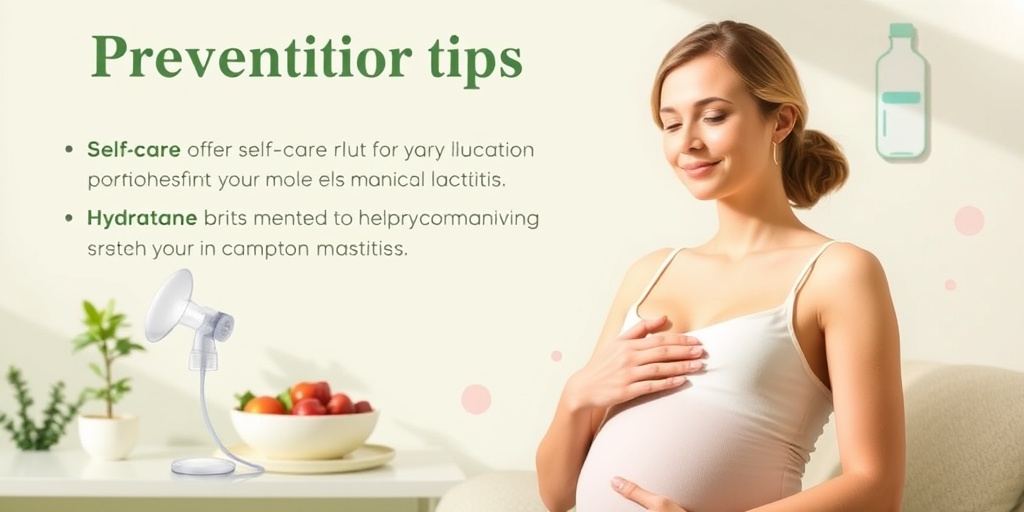
Frequently Asked Questions about Lactation Mastitis
What is Lactation Mastitis?
Lactation mastitis is an infection of the breast tissue that results in breast pain, swelling, warmth, and redness. It can also cause flu-like symptoms such as fever and chills. This condition typically occurs in breastfeeding women, particularly during the first few weeks postpartum.
What are the symptoms of Lactation Mastitis?
The common symptoms of lactation mastitis include:
- Localized breast pain and tenderness
- Swelling and redness in the affected area
- Warmth in the breast
- Fever and chills
- Flu-like symptoms
What causes Lactation Mastitis?
Lactation mastitis is often caused by bacteria entering the breast tissue through a cracked or sore nipple. Other contributing factors may include:
- Infrequent breastfeeding or pumping
- Blocked milk ducts
- Poor breastfeeding technique
How is Lactation Mastitis treated?
Treatment for lactation mastitis typically involves:
- Antibiotics to clear the infection
- Continued breastfeeding or pumping to relieve pressure
- Warm compresses to reduce pain and swelling
Are there home remedies for Lactation Mastitis?
Some effective home remedies for lactation mastitis include:
- Applying warm compresses to the affected area
- Massaging the breast gently
- Staying hydrated and resting
When should I see a doctor for Lactation Mastitis?
If you experience severe symptoms, such as high fever, persistent pain, or if symptoms do not improve with home treatment, it is important to consult a healthcare professional. Early intervention can prevent complications.
What is the ICD-10 code for Lactation Mastitis?
The ICD-10 code for lactation mastitis is O91.12, which is used for billing and documentation purposes in healthcare settings.
Can Lactation Mastitis recur?
Yes, lactation mastitis can recur, especially if the underlying causes, such as blocked ducts or improper breastfeeding techniques, are not addressed. Regular breastfeeding and proper care can help reduce the risk of recurrence.
Is ultrasound used in the diagnosis of Lactation Mastitis?
Yes, an ultrasound may be used to evaluate the breast tissue and rule out other conditions, such as abscesses, in cases of lactation mastitis.
What antibiotics are commonly prescribed for Lactation Mastitis?
Common antibiotics prescribed for lactation mastitis include:
- Dicloxacillin
- Cephalexin
- Clindamycin
Always consult your healthcare provider for the appropriate medication and dosage.

